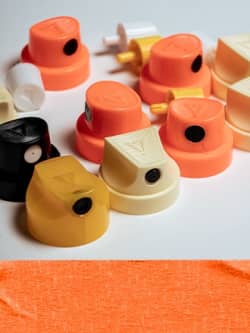#FactsFriday - History of the Reebok Instapump Fury
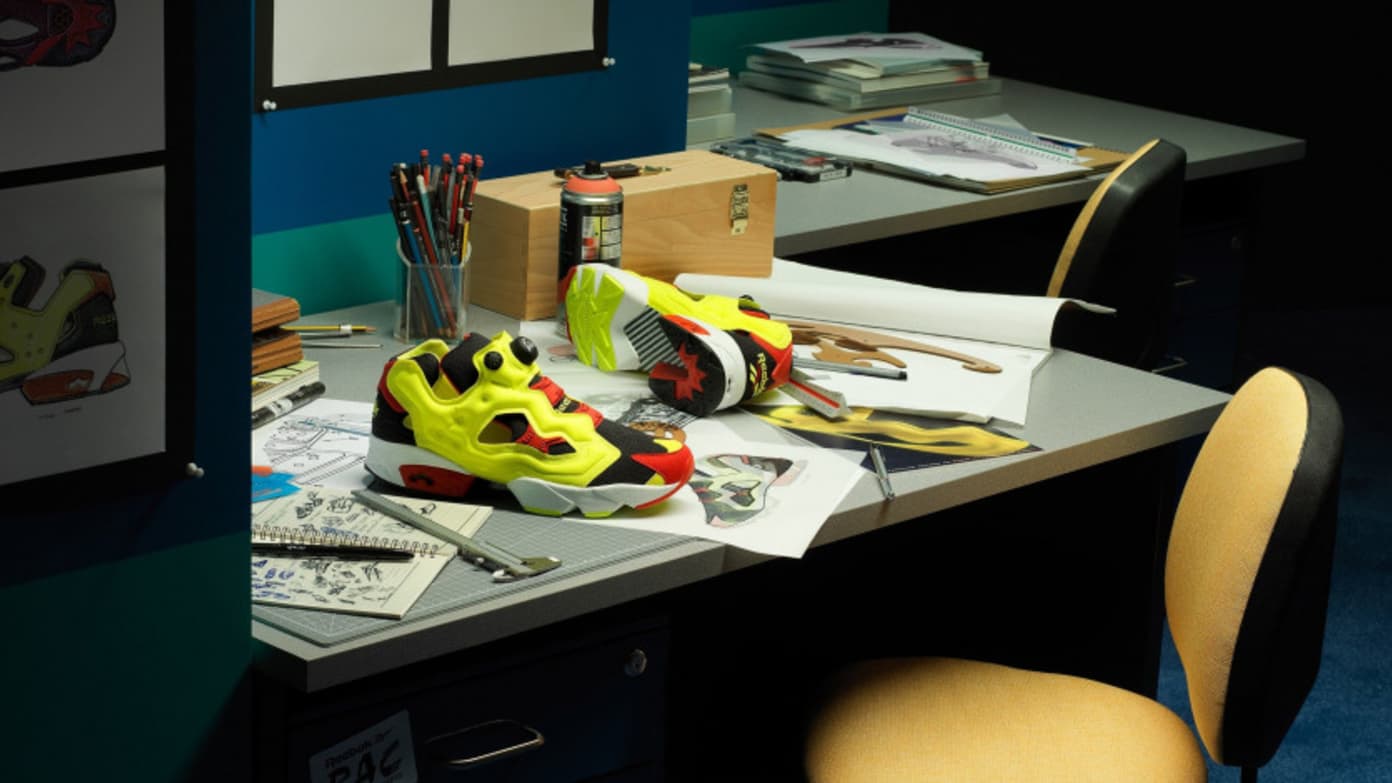
Launched 25 years ago, Reebok’s Instapump Fury aimed to rewrite the design aesthetics for a running shoe – resulting in an iconic product that the company has ever put out. With the launch of the Reebok x adidas Instapump Fury collab, we decided to dive into the history that is the Reebok Instapump.
The InstaPump Fury was born during Reebok’s experimental phase—the late '80s into the early '90s. Reebok was aggressively pushing its new, if somewhat goofy, Pump innovations in sometimes risky ways. (Including endorsements: Dee Brown's no-look jam in the 1991 dunk contest, it was never gonna get Reebok Pumps moving like Air Jordans.) The InstaPump Fury was the most "WTH" of them all: a Frankenstein of various technologies lifted from some of Reebok's most innovative products, sewn and glued together, then jolted into life as a mutated, anti-modernist concept. It challenged all running shoe—hell, footwear—conventions.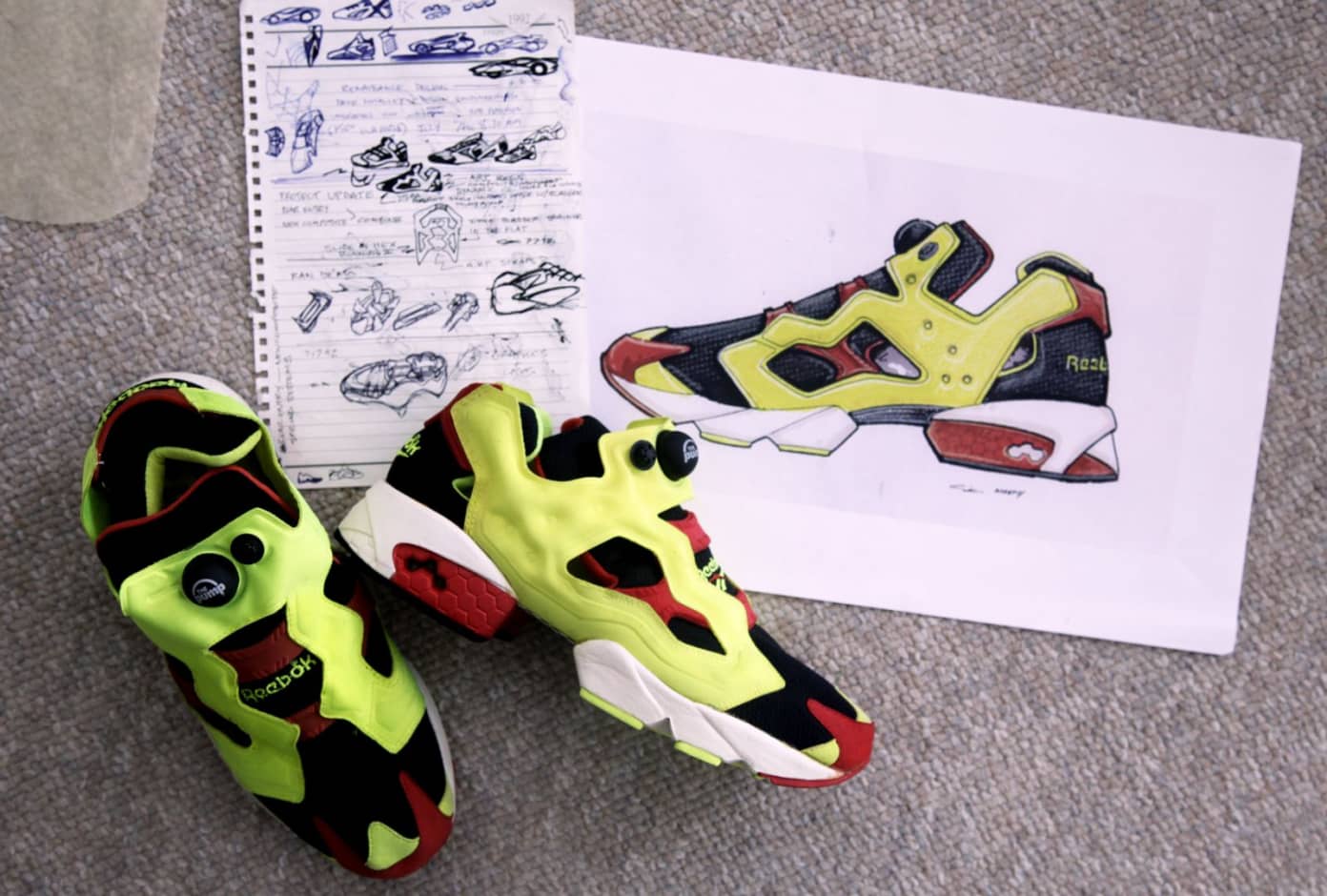
Originally intended as a performance shoe that would appeal to both serious and recreational runners, the Instapump’s space-age (for then) laceless look and x-treem red-and-highlighter-yellow colour scheme meant it would inevitably appeal to only a very particular customer—one that appreciated its wacky design over whatever benefits the Fury deliver performance-wise.
To incorporate the wildly popular Pump technology into a running silhouette, legendary designer Steven Smith and senior developer Paul Litchfield undertook a lengthy developmental process, which ultimately manifested in the debut of the infamous Instapump Fury ‘Prototype’. Originally released in early 1994, the sneaker was doused with the now-familiar citron yellow highlights, most notably on the rubber outsoles. Unfortunately, the eye-searing pigment used to colour the rubber was too soft, leading to poor durability, even after limited use. To this day, the ‘Prototype’ remains one of the most sought-after Reebok artefacts ever, and one of the most prized procurements among vintage sneaker collectors.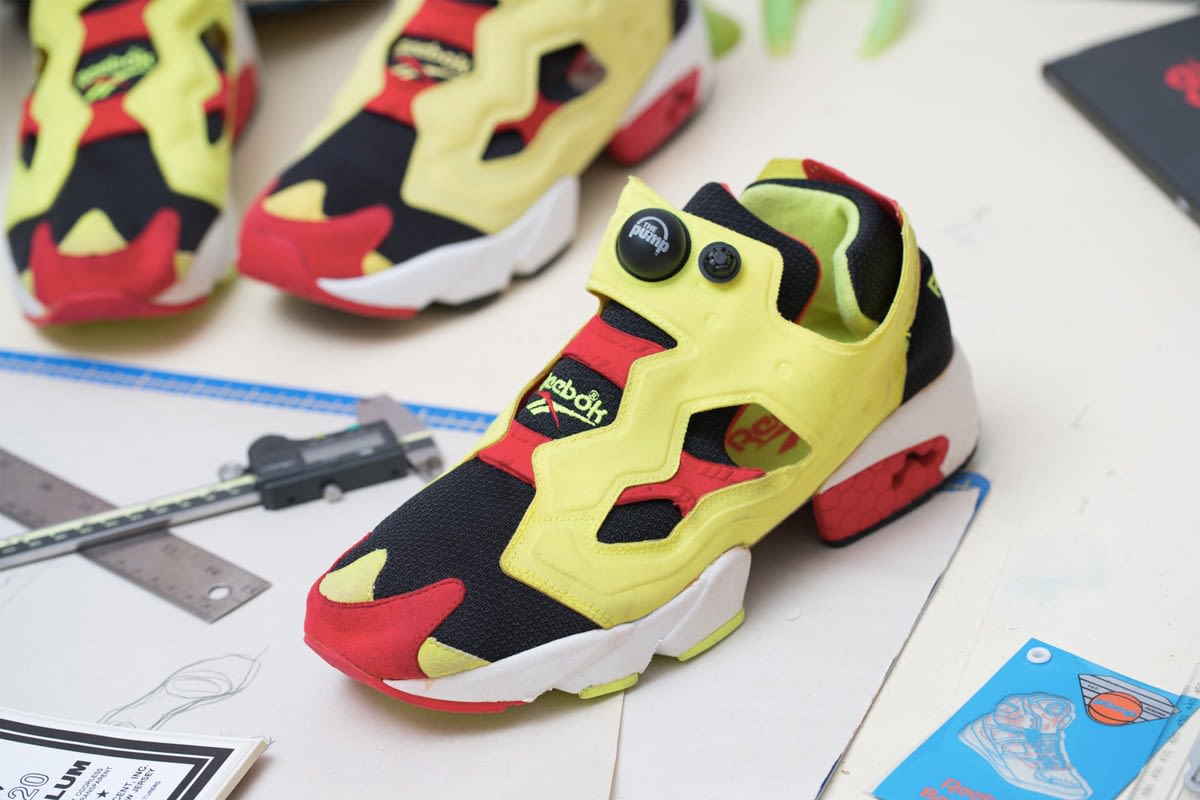
Quick to improve on the shortcomings of the ‘Prototype’, Smith and Reebok hit the lab, swiftly tweaking the design. In no time, the rubber soles were upgraded from Citron to carbon-infused black, resulting in drastic durability improvements, all the while retaining next-level traction in all kinds of pavement pounding conditions. Just a couple of months later, in September 1994, the ‘OG’ (albeit technically not the original) Instapump Fury was released and, well, the rest is sneaker history.
The debut colourway was as peculiar as the design itself. Doused with the classic fiery red and citron combination, it distinctly stood out in a running market saturated with shades of grey, black and white. The decision represented a bold gamble from the team, who chose to go all-in with an outlandish scheme to complement the tech-infused construction. Thankfully for Smith, Litchfield, and the rest of the development team, the sneakersphere certainly felt the Pump.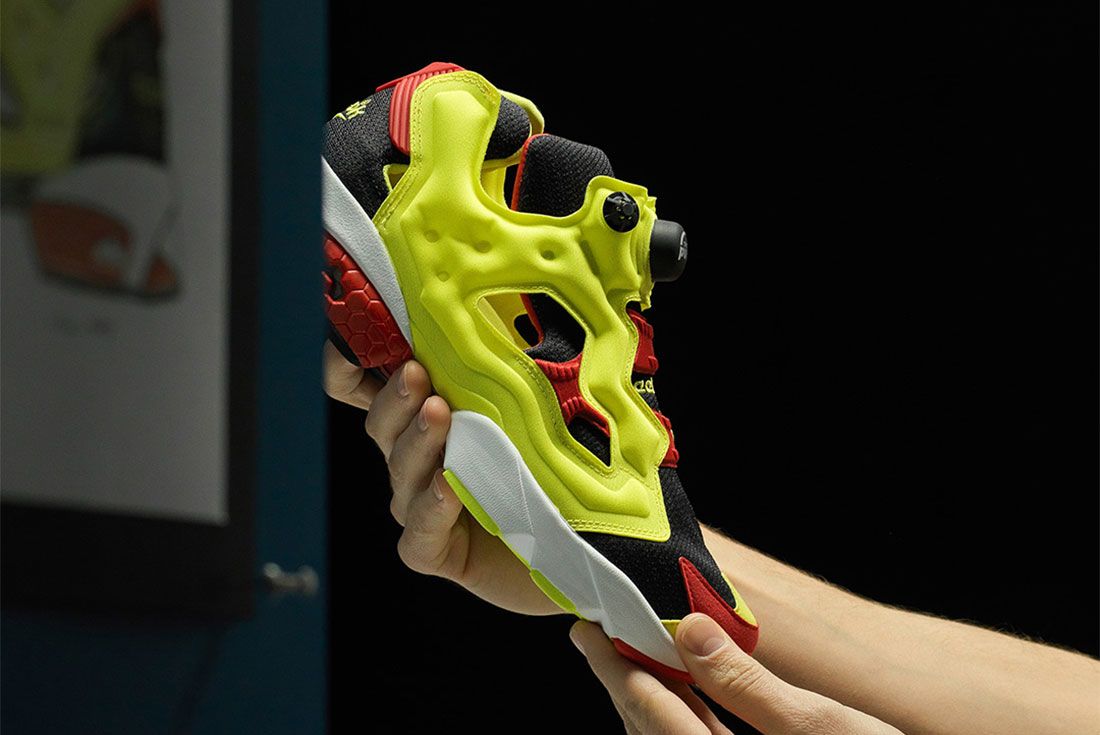
Aside from the aforementioned Pump mechanism, the Instapump Fury featured first-of-its-kind air bladders, juxtaposing the all-too-familiar lace-up systems of the era. Meanwhile, Hexalite cushioning in the sole provided significantly reduced weight for added nimbleness, as a Graphlite carbon arch provided the bridge between the two halves of the segmented sole.
Over 25 years on, the Reebok Instapump has transcended its performance roots to become a staple silhouette on retail shelves and feet the world over. Its irreplaceable charm has led to the manifestation in countless collaborative colourways and remixes. The timeless appeal is probably best explained by Litchfield himself: “You put the Pump Fury on the shelf, particularly at the time, and 50 people would look at it and go, ‘That’s the coolest thing ever!’ Another 50 people would look at it and go, ‘That is the ugliest thing I’ve ever seen!’ But a 100 people would notice it, and that’s important.”















